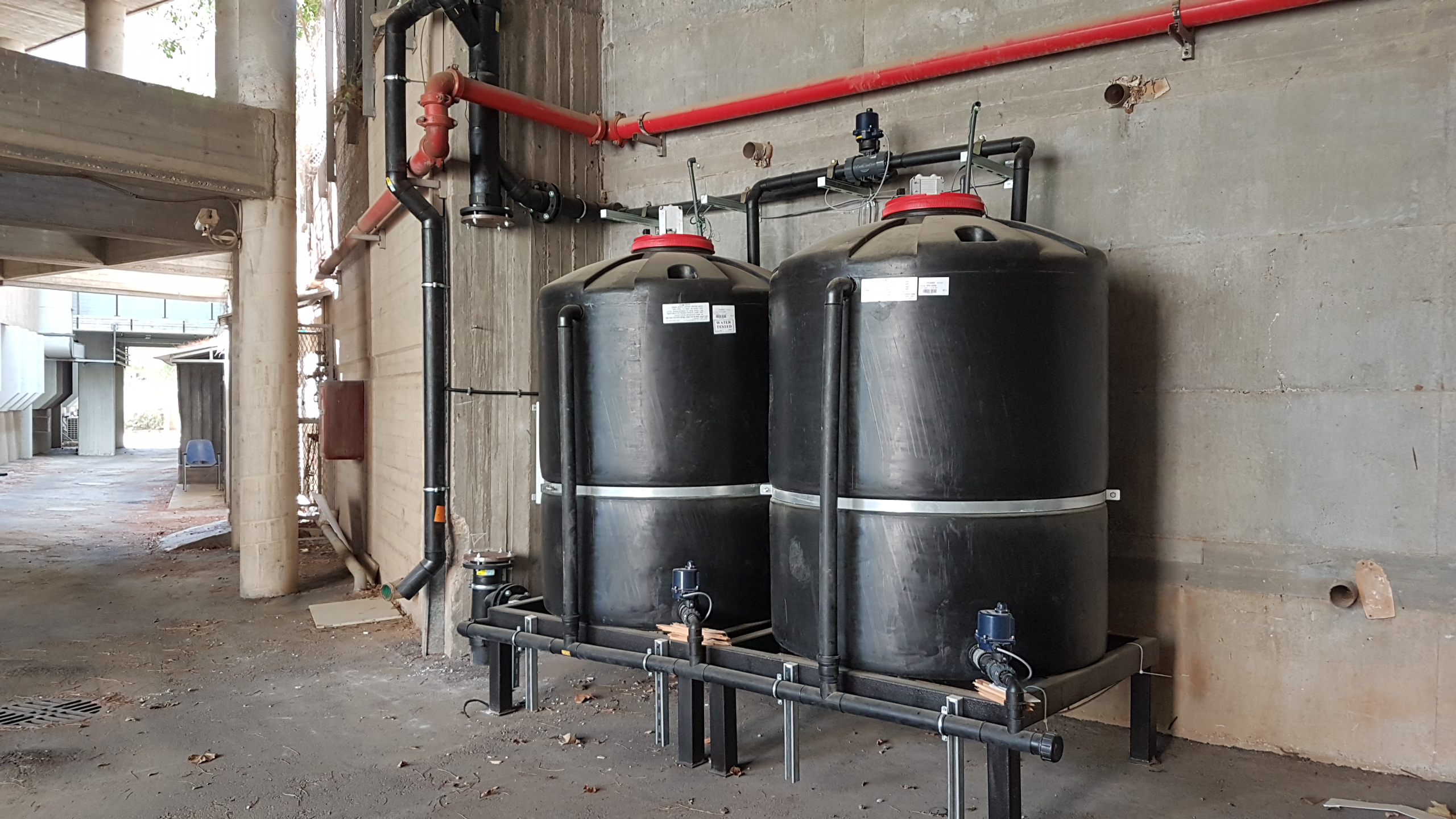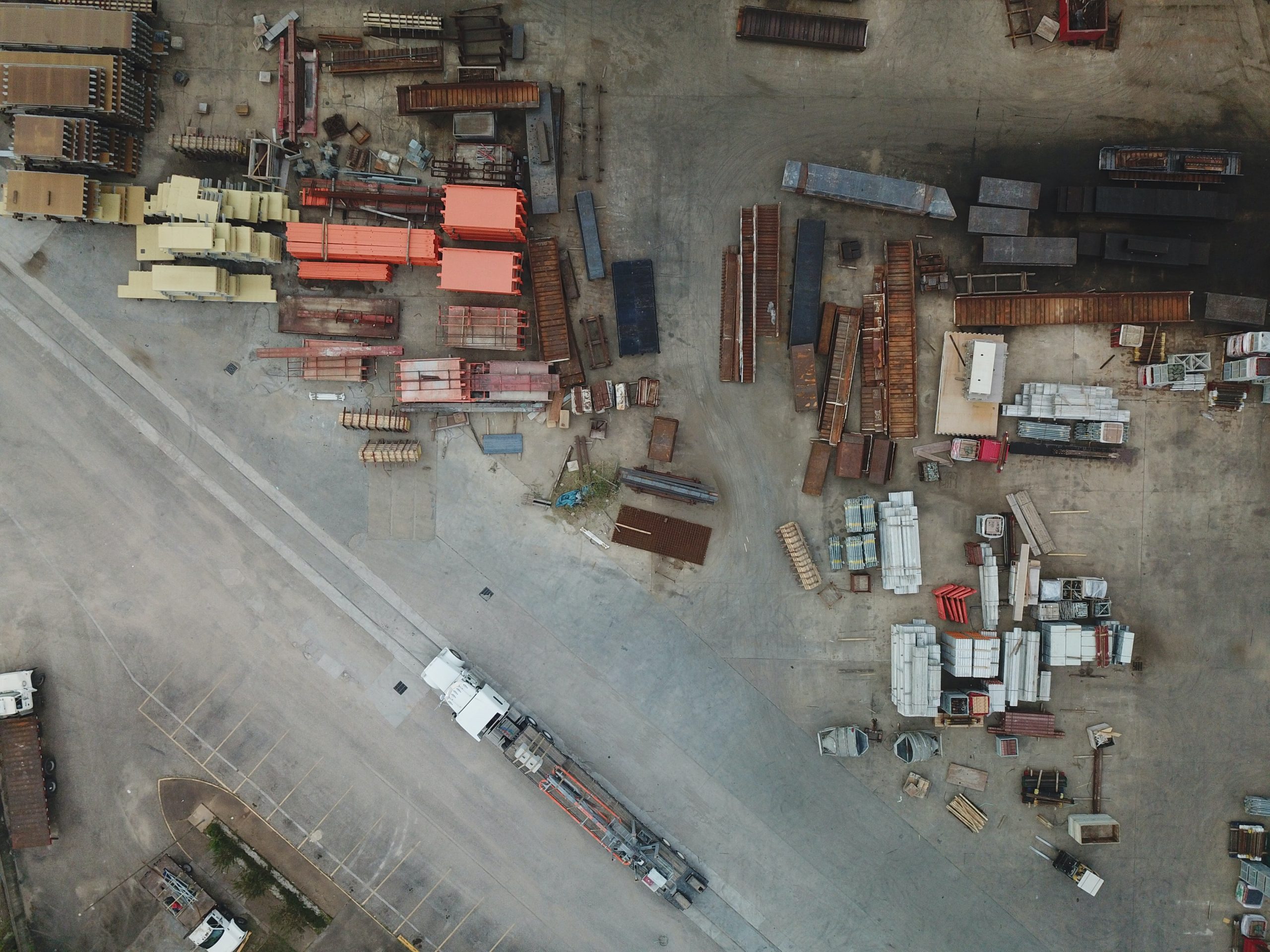Predicting Electrical Grid Problems Before It’s Too Late
May 25, 2021A collaboration between an Israeli and an American company may help to curb the problems caused by grid overload and equipment malfunction.
As greenhouse gas emissions from industrial activities continue to warm the planet, the stability and integrity of national electrical grids grows ever more concerning. Time and time again, power outages resulting from over demand and complications brought on by extreme weather events like droughts, coastal flooding, and prolonged heat waves continue to disrupt our daily lives and take an ever-increasing financial toll.
The consequences of our global conventional energy profile are nothing short of cascading. The majority of electricity generation comes from burning fossil fuels—approximately 63.3% (2019)—but as it is commonly known, this process releases greenhouse gases into the atmosphere. This, in turn, warms the planet, which destabilizes natural climate patterns, thereby increasing the number of extreme weather events and their intensities. And in the event of prolonged heat conditions, the amount of electrical load placed on the grid dramatically increases from people turning on their air conditioning units to stay cool.
This has proven to be highly problematic as the entirety of the electrical system, which includes transportation networks necessary for delivering fuel, power plants that generate electricity, and the transmission and distribution lines that funnel power to homes and businesses, was not designed to withstand many of today’s extreme weather conditions. So, as extreme weather becomes more frequent and severe, the cost to fix grid-related damages soars.
In the United States, for example, total costs of severe weather events shot from $20 billion per year in 1980 to $85 billion in 2010. From there, a combined total of 25 similar extreme weather events in 2011 and 2012 resulted in over one thousand fatalities and cost the nation a total of $188 billion due to lost output and wages, spoiled inventory, and restarting industrial operations. The recent and infamous power outage in Texas is a perfect example of this.
Israel’s electrical grid system has also experienced similar disasters, particularly in its rainy winter months where severe windstorms up to 120 kilometers per hour have knocked out power across many of the country’s major cities. As for electricity demand, Israel has also experienced its fair share of problems. Ironically, the continued reliance on fossil fuels for electricity generation contributes to this repeating financial and destructive burden.
“This is indeed something that we are seeing an increase in. If the power consumption goes up, you need more infrastructure to support it, and it’s not always easy to make those necessary changes,” says Razor Labs Project Manager, Yacov Gorovoy.
The Collaboration
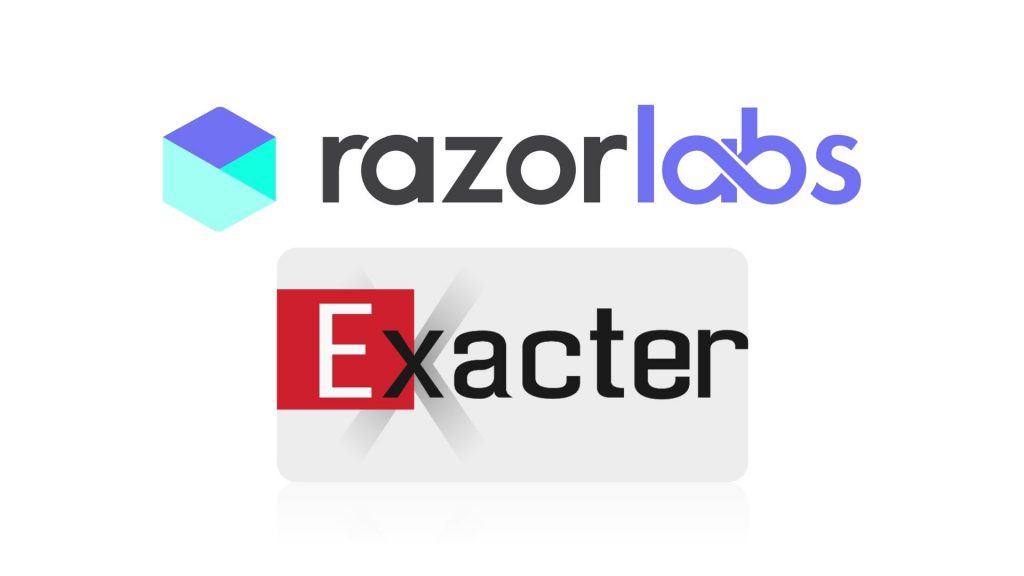
In the absence of sufficient, government-backed green policies and energy infrastructure, Israeli A.I. company, Razor Labs, is collaborating with Ohio-based company, Exacter Inc., in the development of a predictive maintenance solution for electrical grid networks to prevent critical outages from occurring as frequently—saving billions of dollars annually.
Funding and support from the BIRD Foundation has enabled the two companies to develop and commercialize mobile sensors that that can identify deteriorated equipment and areas within electrical grids and draw connections to environmental factors that likely caused the problem.
“We and Exacter didn’t have any previous contact,” says Gorovoy. “The connection was made through the BIRD foundation as they saw that we have a certain base of knowledge and that Exacter needed additional software and data analytics capabilities, and this created the synergy between us that allows us to conduct this project with our own funds and the funds from the grant.”
From this collaboration, their efforts will effectively streamline the management of electrical grid operations such that every component across miles of the distribution grid can be monitored. In doing so, potential power outages can be more consistently avoided, paving the way for a more robust grid network.
“Currently, it’s cost-prohibitive to monitor equipment conditions across the millions of miles of power lines in the U.S.,” says John Lauletta, CEO and CTO of Exacter Inc. “Our collaboration with Razor Labs will develop the next generation of mobile sensing devices that identify at-risk equipment and use machine learning and artificial intelligence to develop grid resilience forecasts. The system will correlate meteorological conditions, airborne contaminants, and other environmental factors to forecast future issues.”
Prevent, React, or Predict
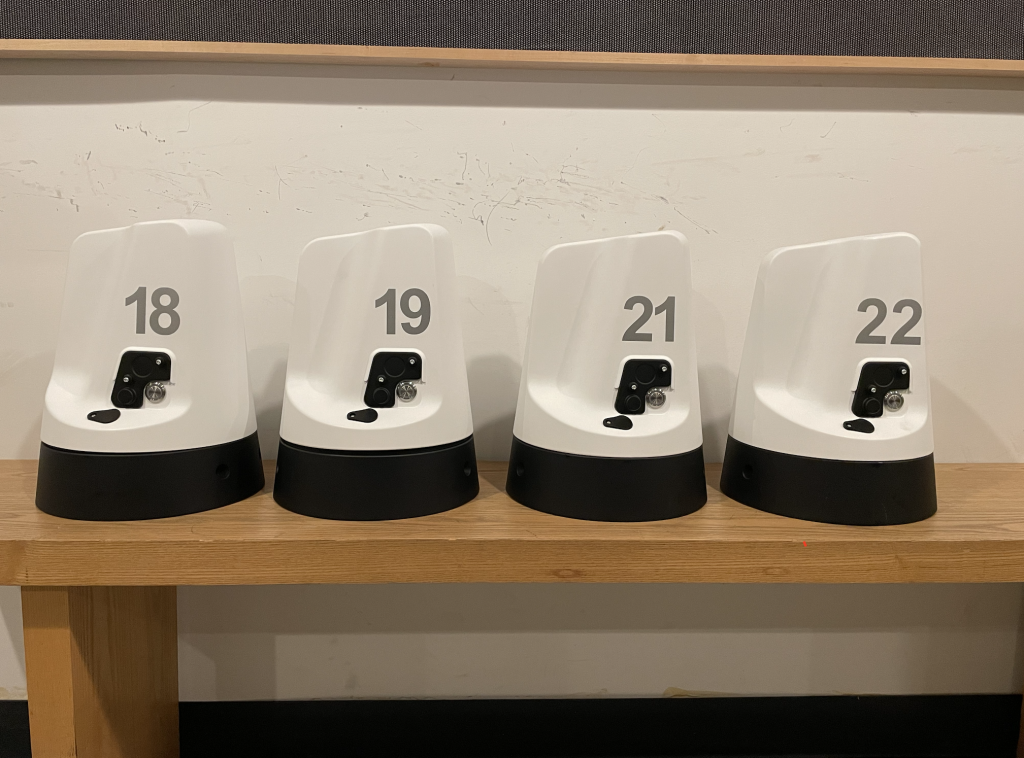
Maintenance is an integral part across practically all industries today, and in the infrastructure sector it is paramount. When it comes to maintaining and monitoring powerlines and electrical equipment, a utility company can employ one of two options: it can perform preventative maintenance by sending out personnel to inspect a particular component once every two months, for example, regardless of its condition, or reactive maintenance by responding only when the component breaks and needs to be replaced.
On the one hand preventative maintenance involves less down time but it incurs greater costs. On the other hand, reactive maintenance is cheaper, but it usually involves more down time. But from the collaborative efforts between Exacter Inc. and Razor Labs, there is a third and more preferrable option: predictive maintenance.
“The idea of predictive maintenance, which is what AI and deep learning networks are very efficient at providing, is that you can identify exactly when the need for maintenance would arise,” says Gorovoy.
“For example, if you have a power line, you can wait until the data shows signs of deterioration. And then, you can save time and effort by not having a routine inspection once every month or two. Instead, you can employ a data driven inspection where the system can tell you to concentrate your maintenance efforts in a specific place at a specific time.”
With Razor Labs’ resources, this method saves a wealth of time and effort because it informs grid operators exactly where to direct their attention rather than taking the time to inspect the entire powerline for the source of the issue. As a result, it leads to less electrical down time in the event of a malfunction or avoid down time altogether at an optimal financial cost.
“In terms of preventing power outages, predictive maintenance, at least across the United States for example, is a business valued at billions of dollars. Avoiding the cost of power outages, equipment failures, and the harm it causes businesses and private individuals is something that has tremendous value,” Gorovoy adds.
How it All Comes Together

The grid sensing technology is being supplied by Exacter Inc. while Razor Labs is providing the artificial intelligence and analytics portion of the project. “When electric equipment deteriorates, it emits unique levels RF emissions—the emissions coming from power lines and mostly from equipment on power lines such as transformers and insulators. The proprietary sensors that Exacter’s developed can detect those RF frequencies,” says Gorovoy.
Gorovoy describes the sensors themselves as relatively medium in size as they are designed to be placed onto Exacter-owned vehicles to detect RF signals as the vehicle moves alongside the grid network. “After several passes, the sensors can identify areas with persistent readings, and are able to determine the area exemplifying issues,” he elaborates.
“For this specific project, Exacter developed a second version of their proprietary sensor that’s capable of being installed on vehicles that they do not control. So instead of using their own vehicles, our joint project has a pilot right now in Akron, Ohio, where the sensors are placed on garbage trucks because they usually have a consistent route, and they provide full coverage within a certain window of time.”
At this point, Exacter personnel can interpret the data and determine the approximate source of the issue stemming from the powerline or associated equipment. But the volume of data is quite large, so to expedite this process, the company needs Razor Labs’ expertise in deep machine learning and neural networks to interpret the data patterns more quickly.
“This is where we come in,” says Gorovoy. “Without any manual inputs, the sensor sends over the data through the cloud at the end of every day, and we perform analytics on it to create models that output the exact areas where malfunctions are going to happen and to understand the patterns that lead up to that.”
Even with the transition towards renewably generated electricity and the resiliency improvements it will impart to the current grid infrastructure, this predictive maintenance technology will still be highly valuable, according to Gorovoy.
“The collaborative project we are working on focuses on the power lines themselves and their degradation, so as long as electricity is provided via power lines, the solution would still be useful, regardless of how the electricity is produced.”
Is It Coming to Israel?
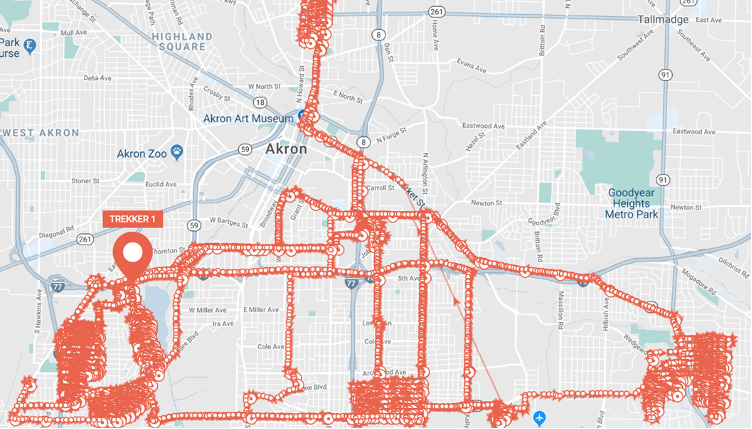
As is the case with many new technical innovations and developments, it will likely take more time before it’s integrated into Israel’s electricity infrastructure, even after the pilot project’s early 2022 deadline.
“We will be trying to bring this to Israel because it can significantly and positively influence life here by reducing power outages and helping the IEC (Israel Electric Corporation),” says Gorovoy.
Considering the fact that Razor Labs already has utility company clients elsewhere in the world like Australia and New Zealand, Gorovoy remains optimistic of the project’s arrival in Israel. “Razor Labs has a few different projects in a few different areas with the IEC, so we hope to leverage those connections to share this development with them later on because of the tremendous value it has for them. These are capabilities that they don’t have today.”
For these reasons, Gorovoy believes it is likely the system will eventually come to Israel as it will help save considerable resources and improve up-time of networks. “I know this is a very big priority for any utility company and for any utility regulator, so I’m assuming this would be something that will eventually come to Israel as well,” he concludes.
This ZAVIT Article was also published in Israel21c on 24 May 2021.
